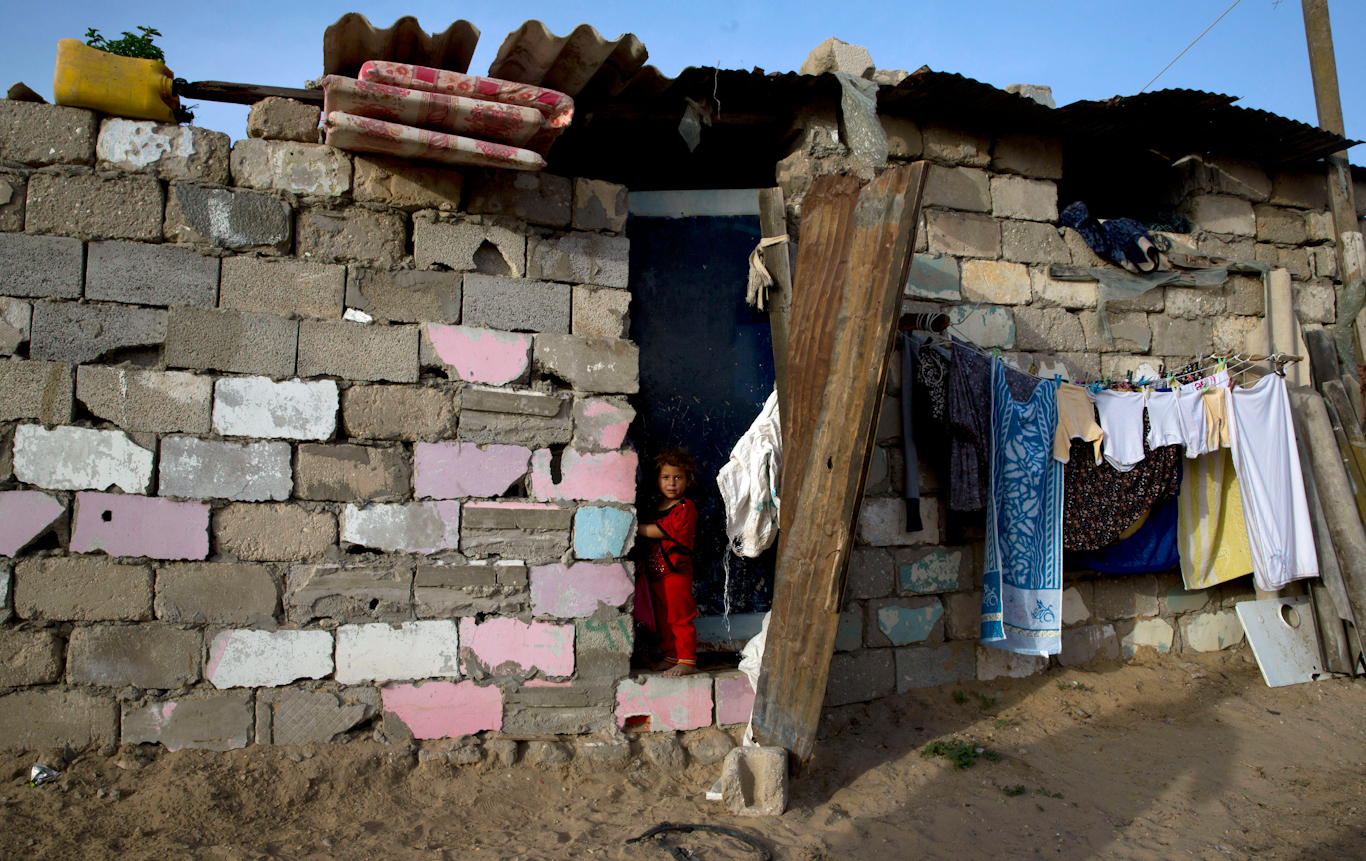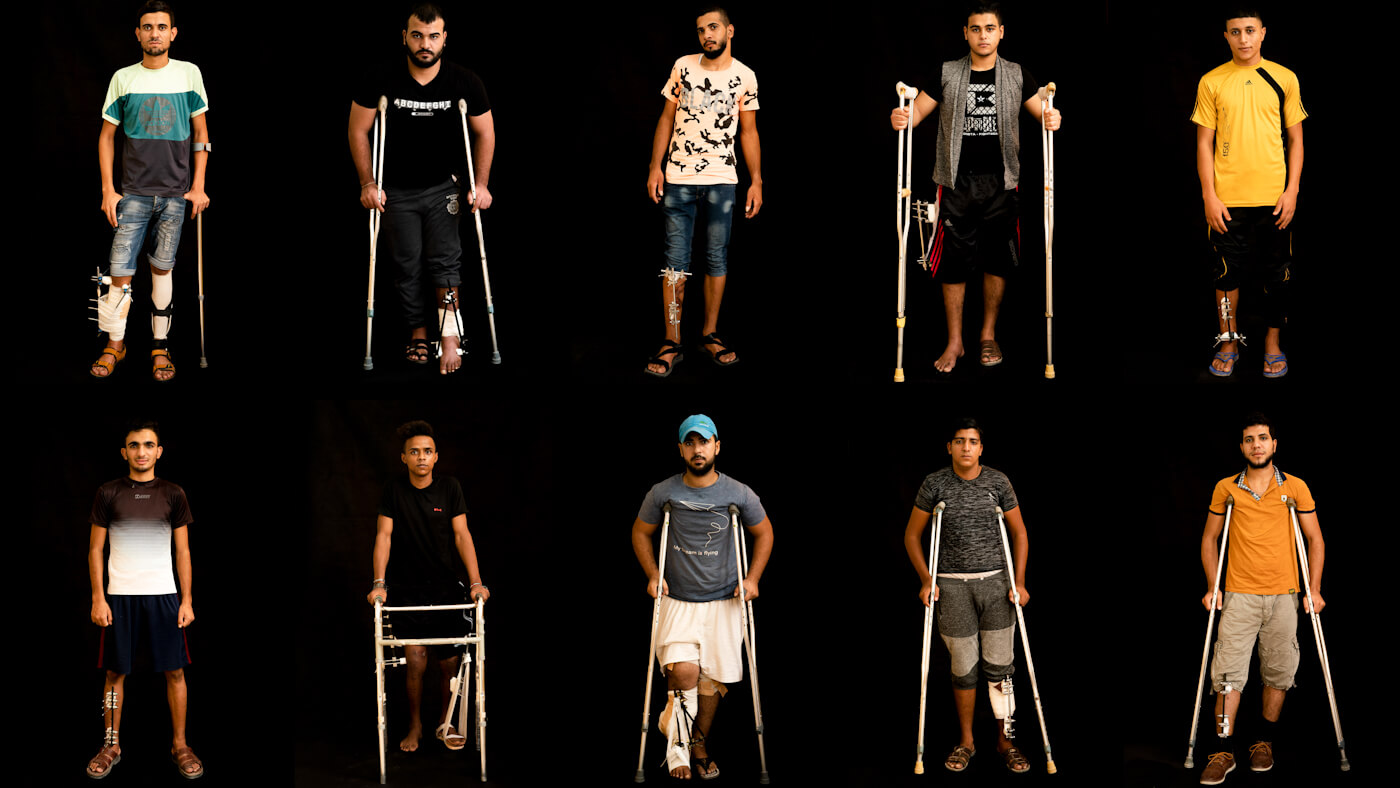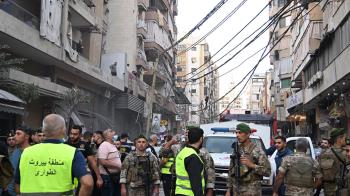What if the Coronavirus reaches the besieged Gaza Strip?
While the question carries great urgency for all Palestinians living under Israel’s military occupation, the situation in Gaza is particularly complex and extremely worrying.
More than 80 countries have already reported cases of COVID-19, one of several epidemics that are caused by the Coronavirus. If developed countries, such as Italy and South Korea, are struggling to contain the deadly virus, one can only imagine what occupied Palestinians would have to face should the virus strike.
In fact, according to official Palestinian reports, the Coronavirus has already reached Palestine following a visit by a South Korean delegation in the period between February 8 and 15, which included a tour in the major Palestinian cities of Jerusalem, Nablus, Jericho, Hebron, and Bethlehem.
The Palestinian Authority scrambled to contain the fallout of the news, which caused palpable panic among a population that has little faith in its leadership, to begin with. PA Prime Minister, Mohammad Shtayyeh, “hoped” that the “owners of the unknown facilities” would exercise personal responsibility and shut down their business and other establishments that are open to the public.
The PA Ministry of Health followed this by declaring a “state of emergency” in all hospitals under PA jurisdiction in the West Bank, designating a quarantine center near Jericho for those arriving from China and other areas that are hard hit by the Coronavirus.
For Palestinians however, fighting an outbreak of the Coronavirus is not a straightforward matter, even if the dysfunctional PA facilities follow the instructions of the World Health Organization (WHO) to the letter.

A Palestinian boy stands in the doorway of a home on the outskirts of Khan Younis refugee camp, Gaza, May 23, 2019. (Hatem Moussa | AP
Palestinians are separated by an Israeli matrix of control that has excluded many communities behind large cement walls, military checkpoints, and impossible to navigate army ordinances that are inherently designed to weaken the Palestinian community and to ease the Israeli government’s mission of controlling Palestinians and colonizing their land.
What can the PA do to come to the aid of tens of thousands of Palestinians in the so-called ‘Area C’ of the occupied West Bank? This region is entirely under the control of the Israeli army, which has little interest in the welfare of the Palestinian inhabitants there.
Such questions would have to be considered in the context of what WHO refers to as “health inequalities” among Palestinians, on the one hand, and between Palestinians and privileged illegal Jewish settlers, on the other.
In some way, many Palestinian communities are already ‘quarantined’ by Israel, but for political, not medical reasons. An outbreak of the Coronavirus in some of these communities, especially the ones that are cut off from proper healthcare and well-equipped medical facilities, would prove disastrous.
The worst of fates, however, awaits Gaza, should the deadly and fast-spreading virus find its way from all directions through the hermetic siege, which engulfs this minuscule, but densely populated region.
Gaza, which is enduring its twelfth year of Israeli siege and is still reeling under the massive destruction of several Israeli wars, has already been declared “uninhabitable” by the United Nations.
However, the misery of Gaza never ceases to unfold. Not a single UN report on Gaza’s ailing medical facilities or preparedness for at least the last ten years has used any positive or even hopeful language.
Last March, UN Humanitarian Coordinator for the occupied Palestinian territory Mr. Jamie McGoldrick bemoaned Gaza’s “chronic power outages, gaps in critical services, including mental health and psychosocial support, and shortages of essential medicines and supplies.”
In January, the Israeli rights group. B’Tselem, spoke of an unprecedented health crisis in besieged Gaza, one that is not fueled by the Coronavirus or any other such epidemics but by the fact that Gaza’s barely functioning hospitals are desperately trying to deal with the fall-out of the thousands of injuries resulting from the ‘Great March of Return’ which has taken place on the Gaza side of the dividing fence.
B’Tselem has already reported on “the unlawful open-fire policy Israel is using against these demonstrations, allowing soldiers to shoot live fire at unarmed protesters who endanger no one, has led to horrific results.”

Palestinians shot in the legs by Israeli forces await treatment at a Gaza clinic MSF Clinic. Felipe Dana | AP
The Israeli group cited moderate estimations provided by WHO that, by the end of 2019, Gaza physicians had to perform limb amputations on 155 protesters, a number that includes 30 children. This, in addition to dozens of protesters who have become permanently paralyzed because of spinal injuries.
This is only a small part of a much more multifaceted crisis. Not only measles and other highly contagious infectious diseases are finding their way back to Gaza, water-borne diseases are also spreading at an alarming rate.
97% of all of Gaza’s water is not fit for human consumption, according to the WHO, which begs the question: How could Gaza hospitals possibly confront the Coronavirus epidemic when, in some cases, clean water is not even available in Gaza’s largest hospital, Al-Shifa?
“Even when it is available, doctors and nurses are unable to sterilize their hands because of the water quality,” according to the RAND Corporation.
WHO director in Palestine, Gerald Rockenschaub, spoke assuredly about his meeting with PA Minister of Health, Mai Al-Kaila, in Ramallah on February 25, where they discussed the need for more “preparedness measures” and “additional priority preparedness actions” in the West Bank and Gaza.
WHO also announced that it is “coordinating with local authorities in Gaza” to ensure the Strip’s preparedness to cope with the Coronavirus.
Such soothing language, however, masks an ugly reality, one that WHO and the entire United Nations have failed to confront over the course of a decade.
All previous reports on Gaza by WHO, while accurately detailing the problem, did little to diagnose its roots or to fashion a permanent solution to it. Indeed, Gaza’s hospitals are as dysfunctional as ever, Gaza’s water is as dirty as ever and, despite repeated warnings, the Strip is still unfit for human habitation, thanks to the brutal Israeli siege and to the silence of the international community.
The truth is, no amount of ‘preparedness’ in Gaza – or, frankly, anywhere in occupied Palestine – can stop the spread of the Coronavirus. What is needed is a fundamental and structural change that would emancipate the Palestinian healthcare system from the horrific impact of the Israeli occupation and the Israeli government’s policies of perpetual siege and politically-imposed ‘quarantines’ – also known as apartheid.
Source: MintPress News
By: Ramzy Baroud



























